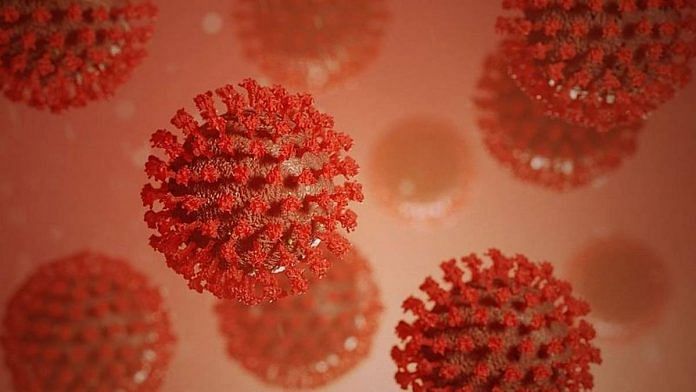Bengaluru: A sub-variant of the latest SARS-CoV-2 variant, Omicron — BA.2 —has been gaining increasing attention, as it appears to be spreading rapidly and taking over genome sequences in countries such as India, Philippines, and Denmark. The sub-variant shares many mutations with the original Omicron sub-variant, BA.1, and also additional newer mutations. It has been designated as a variant under investigation (VUI) by the UK Health Security Agency (UKHSA).
In India, BA.2 sequences have been found in Madhya Pradesh, West Bengal, Maharashtra, and other states. The sub-variant has been detected in over 40 countries including the UK, Sweden, USA, Bangladesh, and Singapore.
Nickname originates in ‘S’ gene mutation
The sub-variant is nicknamed “stealth Omicron” as it lacks the S gene mutation that was found in the original Omicron variant and which allowed it to be detected by RT-PCR tests, without genomic sequencing. This is because the mutation was present on one of the three genes that PCR tests target to detect the presence of the SARS-CoV-2 virus.
In the original omicron variant, the ’S-gene dropout’ made the test negative for the gene, meaning that a mutation on S gene made the gene “drop out” of tests or be not detectable. But the tests would be positive for the two other targets, making the variant easy to identify from the dropout. With BA.2, the mutation is lacking, so PCR tests cannot identify the sub-variant anymore.
The sub-variant was first detected in the Philippines in December, and was detected in multiple other countries the same month. It has been rapidly spreading in sequences in the second half of January. It has become the primary sub-variant this month, taking over Omicron BA.1 in Denmark, and is quickly expected to do so in India as well.
Another sub-variant, BA.3 has also been detected and sequenced in nine countries, primarily in Poland and South Africa, but it has not expanded in its share of sequences and is unlikely to become dominant.
The full and more nuanced effects of BA.2 on immune escape, which has led it to spread more rapidly than BA.1, will be known over the next coming days, think scientists. At the moment, the sub-variant itself does not pose a threat akin to Omicron emerging after Delta, scientists say. However, it could prolong the peak of the Omicron wave in many countries, where it is spreading rapidly.
(Edited by Poulomi Banerjee)
Also read: Covid-19 pandemic disrupted vital cancer care. The next global health crisis awaits






